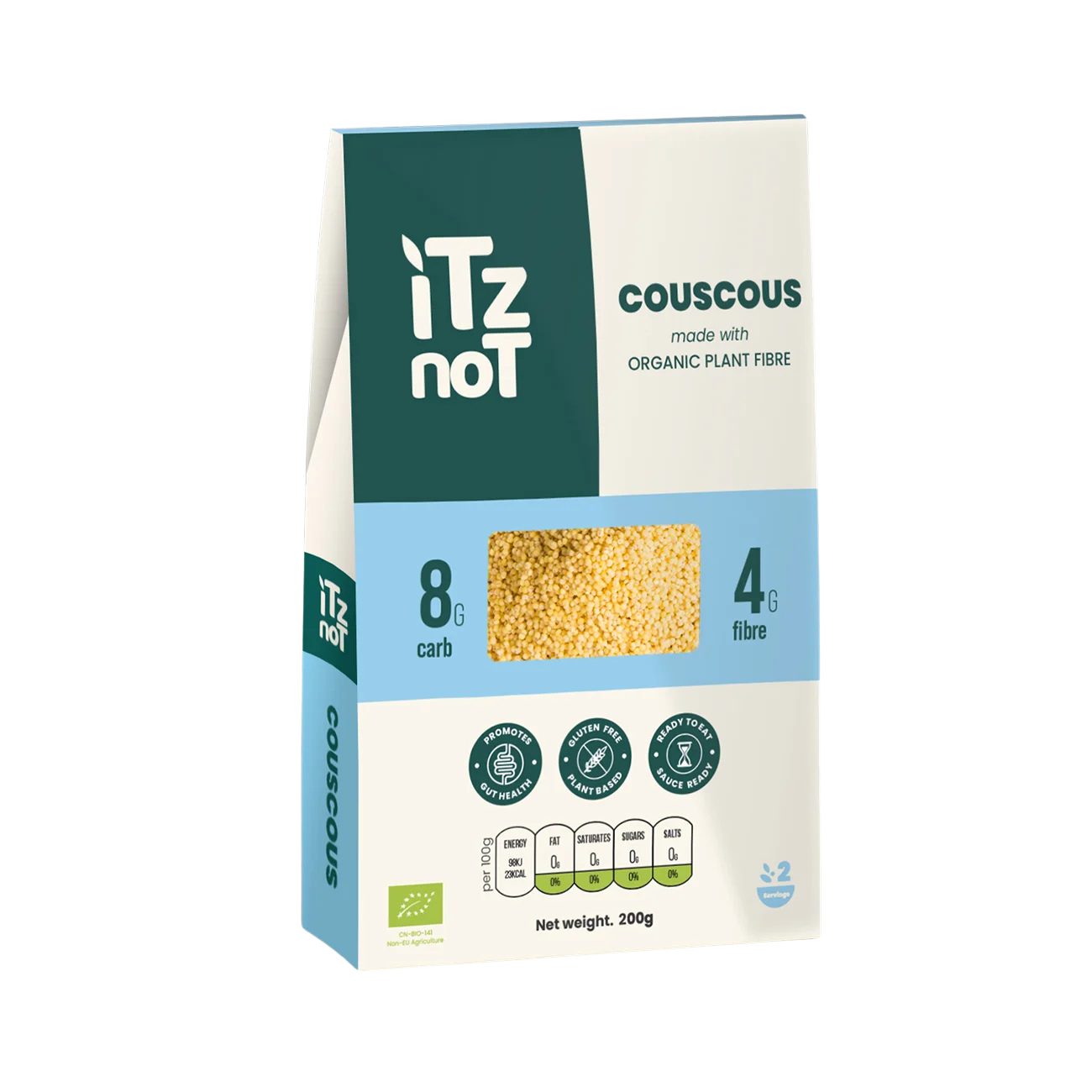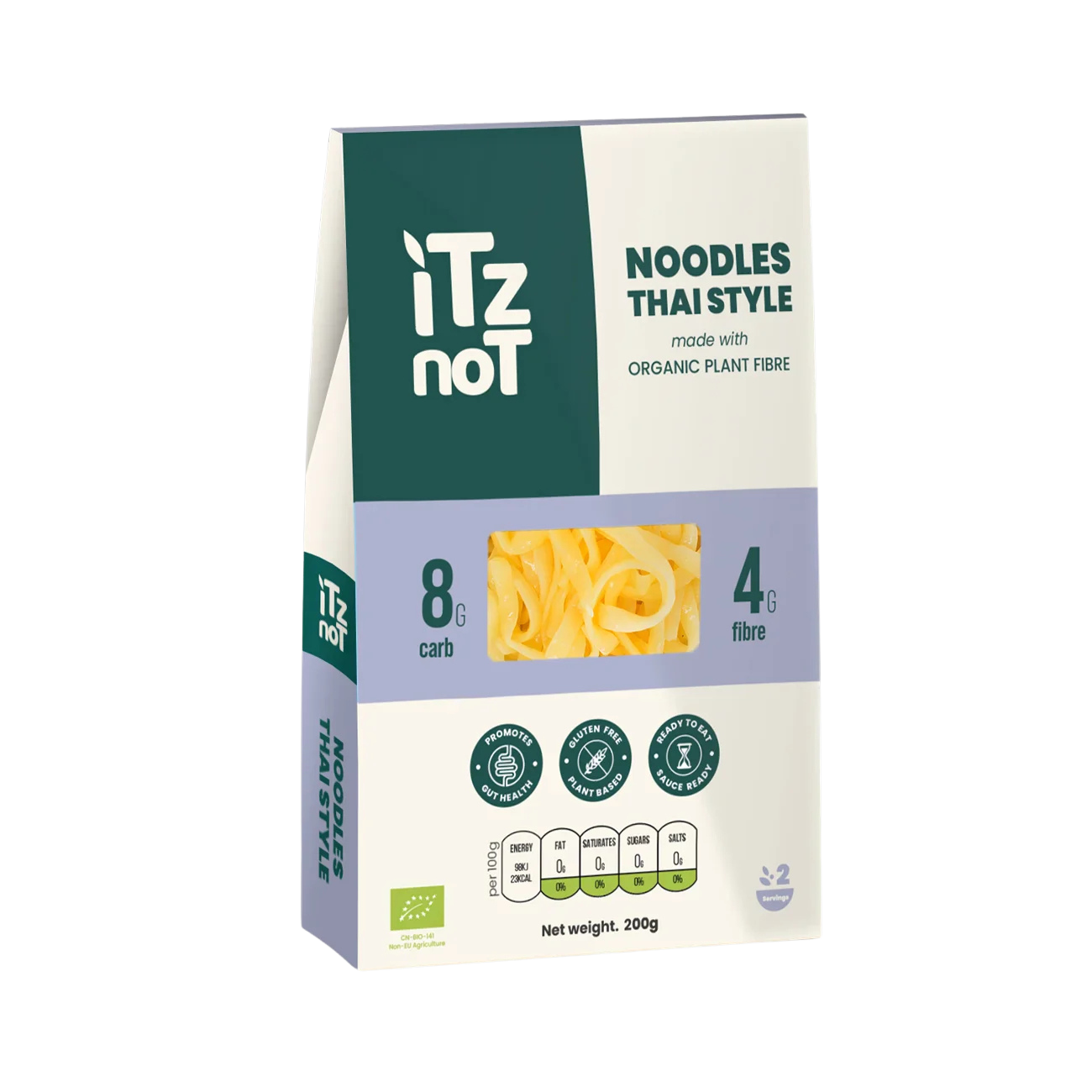
Prostate Cancer & Testicular Cancer Awareness: Early Detection is Key

Prostate Cancer & Testicular Cancer Awareness: Early Detection is Key
Introduction
Prostate cancer and testicular cancer are two common cancers that affect men. Early detection is crucial for both of these cancers, as it can significantly improve treatment outcomes. In this blog post, we will provide a clear explanation of these cancers, including their signs, symptoms, risk factors, screening options, and early detection tips.
Prostate Cancer
Prostate cancer is the most common cancer diagnosed in men. It develops in the prostate gland, a small, walnut-shaped gland located below the bladder.
Signs and Symptoms
- Frequent urination, especially at night
- Difficulty starting or stopping urination
- Weak or interrupted urine flow
- Pain or burning sensation during urination
- Blood in the urine
- Pain in the back, hips, or pelvis
Risk Factors
- Age: The risk of prostate cancer increases with age.
- Family history: Having a family history of prostate cancer can increase your risk.
- Race: African American men have a higher risk of prostate cancer than other racial groups.
- Diet: A diet high in red meat and processed foods may increase your risk.
- Obesity: Being overweight or obese can increase your risk of prostate cancer.
Screening Options
- Digital rectal exam (DRE): This is a simple procedure that your doctor can perform to check for any abnormalities in the prostate.
- Prostate-specific antigen (PSA) test: This blood test measures the level of PSA, a protein produced by the prostate gland.
Early Detection Tips
- See your doctor for regular check-ups, especially if you are over 50.
- Be aware of the signs and symptoms of prostate cancer.
- Talk to your doctor about your risk factors for prostate cancer.
- Consider getting screened for prostate cancer if you are at high risk.
Testicular Cancer
Testicular cancer is a rare type of cancer that affects the testicles.
Signs and Symptoms
- A lump or swelling in one or both testicles
- Pain or discomfort in one or both testicles
- A change in the size or shape of a testicle
- A feeling of heaviness in the scrotum
- Backache or abdominal pain
Risk Factors
- Age: Testicular cancer is most common in men between the ages of 15 and 49.
- Family history: Having a family history of testicular cancer can increase your risk.
- Undescended testicles: Men who were born with undescended testicles are at a higher risk.
Screening Options
- Testicular self-exam: Performing regular testicular self-exams can help you detect any changes in your testicles early.
Early Detection Tips
- Perform testicular self-exams monthly.
- See your doctor if you notice any changes in your testicles.
- Be aware of the signs and symptoms of testicular cancer.
Conclusion
Early detection is key for both prostate cancer and testicular cancer. By understanding the risks, getting regular check-ups, and performing self-exams, you can help improve your chances of early diagnosis and successful treatment.





















































